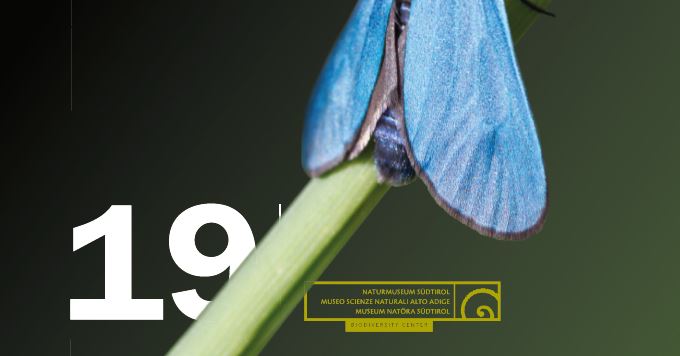Abstract
Comparison of historical and recent distribution of Chazara briseis and Zygaenidae (Lepidoptera) in the upper Vinschgau valley (South Tyrol, Italy) shows a total disappearance of Zygaenidae in areas close to the valley bottom. From 2015 until 2018 a detailed survey took place about the occurrence and the local distribution of the butterfly Chazara briseis (Linnaeus, 1764) (Nymphalidae, Satyrinae), widely threatened and partly extinct in Europe, and all species of forester and burnet moths (Zygaenidae, Procridinae and Zygaeninae) in the territory of the community of Mals (Italy, Südtirol/ Alto Adige, Vinschgau/Val Venosta). 143 localities were examined. The current distribution data are compared with historical data. C. briseis was found in very good metapopulations and a significant decrease of neither single meta-populations nor of the abundance of the butterflies could be observed in comparison with historical data. The population of Mals represents one of the most important strongholds of this endangered butterfly in Europe. During the project, 15 species of Zygaenidae were found, a family of Lepidoptera that is well-known for its high sensitivity against poisons in the air.
Most Zygaenidae occur in Mals in well-established populations, but only in the higher parts and in the side valleys where no intensively sprayed fruit monocultures occur. The valley bottom and the lower parts of the slopes are currently free of Zygaenidae. In historical times also the valley hosted well-established populations. The compiled data indicate that this might be an effect of wind-transported pesticides into the currently Zygaenidae-free localities. The current situation is described and all examined localities are also photo-documented. The most important pictures are published in this paper as a base for later studies to recognise environmental changes in the future. All species are figured, and their distribution is discussed and shown on maps.

